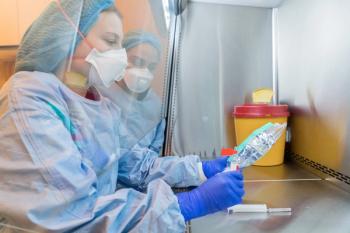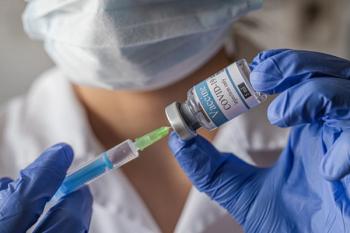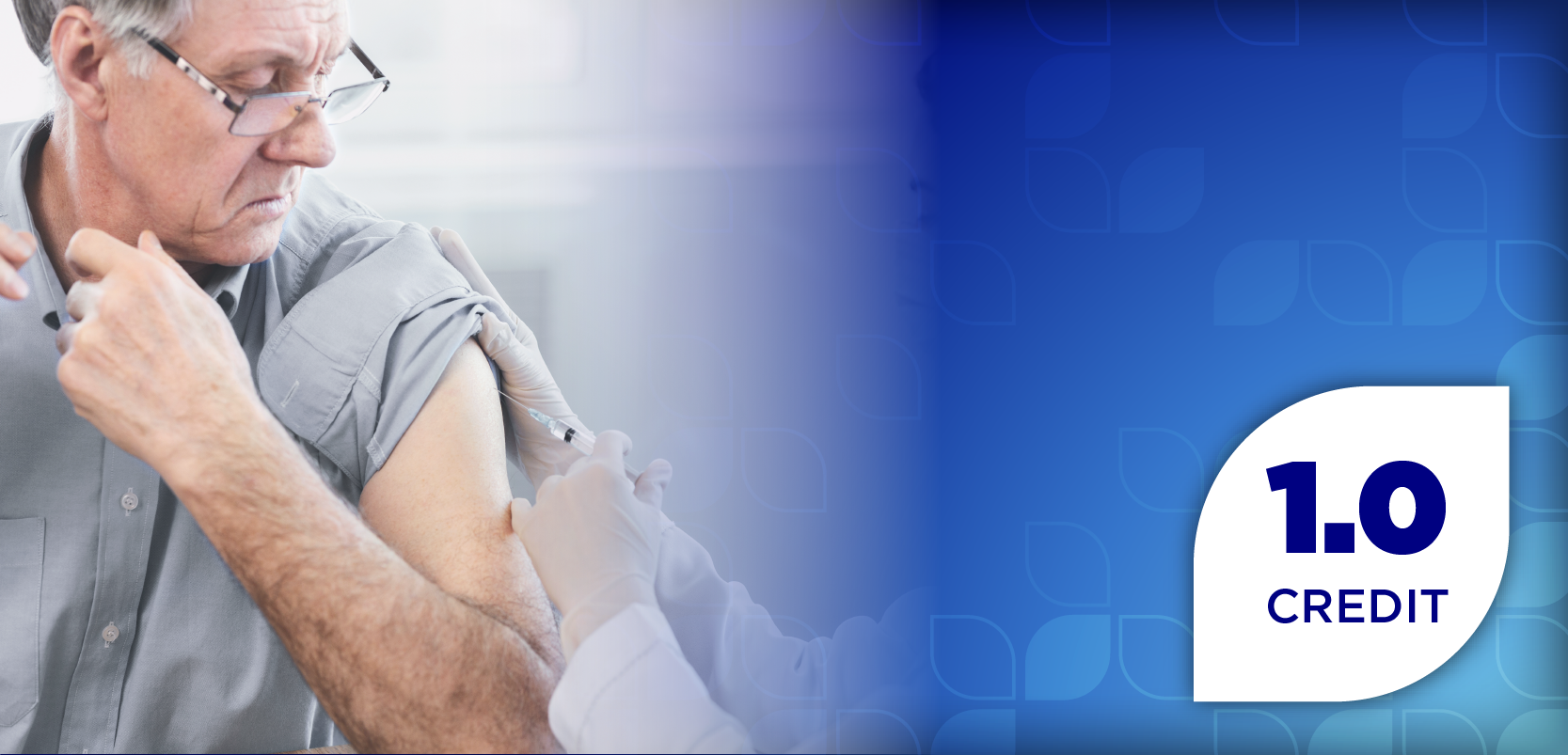
Study Finds Increase in Women 65 and Older Dying of Cervical Cancer

Researchers question screening guidelines for older women after findings.
A new study conducted by
“Our findings highlight the need to better understand how current screening guidelines might be failing women 65 and over,” the study’s lead author, UC Davis senior statistician Julianne Cooley, said. “We need to focus on determining the past screening history of older women as well as lapses in follow-up care. We must utilize non-invasive testing approaches for women nearing age 65 or those who need to catch up on their cervical cancer screenings.”
The findings from the study, published in
“Our study found worsening five-year relative survival from cervical cancer with each increasing age category for both early and late-stage diagnoses,” said co-author
California Cancer Registry provided critical data
The study utilized a large set of population-based data from the
Among women 65 and older, those who had comorbidities or were older were more likely to be diagnosed with late-stage disease.
“Interestingly, prior studies of younger women have found increased late-stage cervical cancer diagnoses among young Hispanic/Latina and Black women,” Cooley said. “Our study did not observe these associations and instead found that older Hispanic/Latina women were less likely than non-Hispanic white women to be diagnosed late-stage.”
Current screening guidelines
Following the introduction and widespread adoption of the
Through adequate screening and follow-up, cervical cancer can be prevented or detected at an early stage, which leads to excellent survival. However, current guidelines recommend discontinuing screening for women 65 or older who have had a history of normal Pap and/or Human Papillomavirus (HPV) tests, potentially leaving this age group vulnerable.
Lack of adherence to screening
Previous studies have shown that 23.2% of women in the U.S. who are over 18 are not up to date on recommended cervical cancer screening. Disadvantaged women such as those who are uninsured or poor are the least likely to report being up to date with cervical cancer screening.
“Scheduled screenings may also decrease as women approach 65, increasing the likelihood that women have not been adequately screened prior to the upper age cutoff,” co-author and senior epidemiologist Frances Maguire said.
Additional factors may contribute to older women not receiving adequate screening:
- Specific type of hysterectomy. A
supracervical hysterectomy leaves the cervix intact and some women do not realize they need to continue screening for cervical cancer. - Discomfort. Women may tire of PAP smears due to embarrassment and the intrusiveness of a speculum-based exam.
- Pap tests less accurate. The screening may not be as accurate in post-menopausal women in detecting adenocarcinoma, which has been increasing in incidence (as compared to squamous cell carcinoma).
- HPV testing. Women in the older age group may not have received HPV testing, now the gold standard of cervical cancer screening, which wasn’t widely available until 2003. The
Centers for Disease Control reports that almost all cases of cervical cancer are HPV-related.
Acknowledgements
Other authors of the study include Cyllene R. Morris, Arti Parikh-Patel, Renata Abrahão and
The study was funded by the UC Davis Comprehensive Cancer Center and
SOURCE: UC Davis Comprehensive Cancer Center
Newsletter
Stay informed on drug updates, treatment guidelines, and pharmacy practice trends—subscribe to Pharmacy Times for weekly clinical insights.

















































































































































































































